This article explains how technology is revolutionizing the plush toy industry. It covers the rise of stuffed animal...
Behind the Scenes: How We Design and Create Functional Plush Toys
Introduction:
Designing functional plush toys is no simple task. It’s a combination of creativity, engineering, and a keen understanding of what children and parents want from their toys. Custom talking stuffed animals and other functional plush toys are at the forefront of the toy industry, providing not only comfort and companionship but also interactive features like voice recognition, lights, and sounds. The process of creating these innovative toys is a blend of artistry and engineering, involving plush toy manufacturers, designers, and engineers who work together to bring a functional concept to life. From integrating cutting-edge features such as recordable stuffed animals to ensuring safety and durability, every step in the design process is carefully thought out to create the perfect functional plush toy.
Step-by-Step Design Process
Research and Development: Integrating New Features Like Motion Sensors, LED Lights, and Voice Recognition
The journey of creating a functional plush toy begins with research and development. Designers need to understand not only what features children enjoy but also how to incorporate these features into a plush toy without compromising its softness or safety. When designing toys like custom talking stuffed animals, the first step is to research the best materials that can accommodate sound modules, LED lights, or even motion sensors.
For instance, integrating motion sensors into a plush toy allows it to react to a child’s movements. This might mean a toy that “wakes up” when picked up, or one that responds to a child’s voice. Voice recognition technology is another critical element, allowing the plush toy to interact with the child. This requires detailed research into the latest tech innovations and how they can be adapted to work in a cuddly, soft, and safe toy. LED lights are often incorporated to create a soothing ambiance, especially in toys like recordable stuffed animals that double as nightlights.
During this stage, designers collaborate with engineers to determine how the features will fit inside the toy without compromising its cuddly appeal. This is often when the magic happens—taking creative ideas and turning them into functional, interactive features that will truly captivate children.
Prototyping: Testing Materials and Functionality Before Finalizing the Design
Once the initial concept is developed, it’s time for prototyping. In this phase, the materials are tested to ensure that the toy not only works well but is also comfortable and durable. Plush toy manufacturers typically start by creating a prototype of the toy using fabric that’s soft to the touch but sturdy enough to hold the electronics inside. Prototyping is also crucial for testing how the technology integrates into the toy. Can the voice module function properly without distorting the sound? Do the LED lights shine brightly enough without being too harsh on the eyes? These are just a few of the questions that need to be answered during this stage.
Recordable stuffed animals are a prime example of how prototyping plays an essential role. The team tests various audio options, ensuring that the voice recording or sound effects are clear, pleasant, and appropriately timed. If the plush toy is intended to say a child's name or play a lullaby, the design team must ensure that the audio is recorded at an optimal volume, duration, and quality.
The prototype is also tested for safety and durability. Plush toys for children need to meet rigorous safety standards. Testing is conducted to ensure that small components such as batteries, speakers, or lights are securely fastened and that there’s no risk of them coming loose and causing harm. The durability of the materials is also tested to see how well they hold up to play and repeated use.
Collaboration with Engineers: Integrating Technology in a Safe and Effective Manner
One of the most challenging aspects of creating functional plush toys is collaborating with engineers to ensure that the integrated technology works as intended while maintaining safety and durability. The collaboration between toy designers and engineers is crucial, as it’s up to the engineers to determine how the electronics and mechanical components fit within the plush exterior.
For custom talking stuffed animals, engineers must ensure that the sound module is positioned correctly to amplify the voice without compromising the plush toy’s softness. The electronics, like microphones or speakers, are carefully housed in compartments to avoid damaging the toy or causing discomfort. Engineers also ensure that features like motion sensors or lights are activated appropriately, adding an interactive element to the toy that’s both engaging and fun.
Another key collaboration is the plush toy manufacturers, who are responsible for sourcing high-quality materials for the exterior fabric, ensuring that it is safe for children and durable enough to withstand daily use. The choice of fabric, stitching, and overall craftsmanship is important to make sure that the toy is not only functional but also beautiful and well-constructed. By working closely with engineers, designers can create plush toys that are as safe as they are enjoyable for children.
Challenges and Innovations: Overcoming Safety, Durability, and User-Friendliness
As with any innovative product, creating multifunctional plush toys comes with a set of challenges. One of the main challenges faced by plush toy manufacturers is ensuring the safety of children. While features like LED lights, motion sensors, and custom talking stuffed animals can add great value, they also require careful thought in terms of safety. For example, batteries must be enclosed in child-proof compartments to prevent accidental ingestion, and there are strict regulations on the types of materials used in children’s toys.
Durability is another major challenge. Plush toys are meant to be loved and hugged,which means they need to stand up to wear and tear. The materials chosen for these toys must be resistant to ripping and fraying while remaining soft to the touch. Testing is crucial in this stage to ensure that toys like recordable stuffed animals retain their functionality despite being used frequently.
Finally, user-friendliness is a significant consideration in the design process. Plush toys are meant to be fun and easy to interact with. The goal is to design a toy that children can operate on their own, without requiring too much adult intervention. Features like voice recognition or light sensors must be intuitive and seamless, so children can enjoy their toys without frustration.
Conclusion: Innovation and Craftsmanship Come Together to Create the Perfect Functional Plush Toys
Creating the perfect custom talking stuffed animals is a delicate balance between creativity and technology. Through meticulous research and development, thoughtful prototyping, and close collaboration with engineers and plush toy manufacturers, designers are able to craft toys that are both fun and functional. These toys provide children with the perfect balance of companionship and entertainment, with features that help foster emotional connections while offering sensory enjoyment.
Recordable stuffed animals are just one example of how these toys are evolving, offering a unique way for children to interact with their favorite characters or personalized messages. With advances in technology, the future of plush toys is exciting, and we can expect even more innovative, functional designs that bring joy and comfort to children around the world. As the toy industry continues to evolve, craftsmanship and innovation will remain at the core of creating the perfect functional plush toys that blend technology with heartfelt companionship.
Reprint statement of blog content: All the blog content and images are original, and copyrighted by gameplushies.com. The reprint statement must be included with our permission. Toyard is not responsible for reprinting similar content or containing trademark and other infringement reprint statements. Please contact us if there is infringement content.
Leave a comment
Log in to post comments

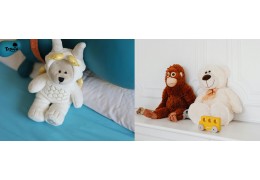
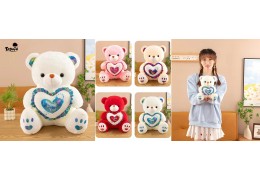
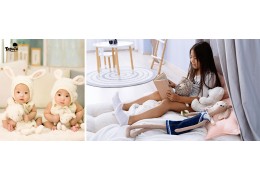

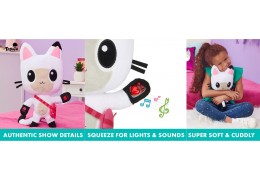
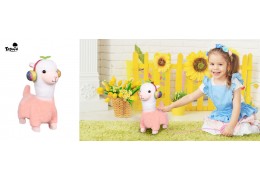
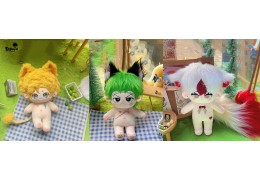

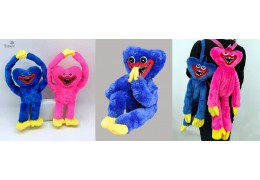
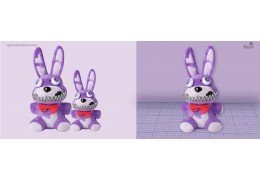
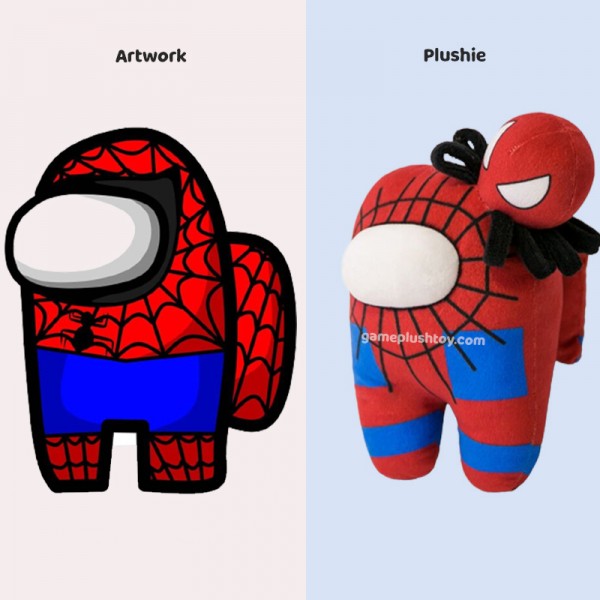
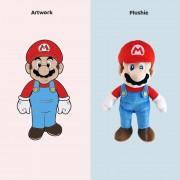
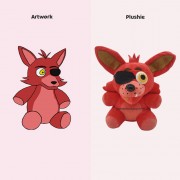
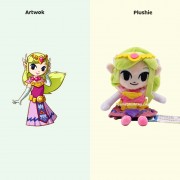
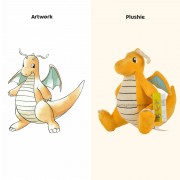
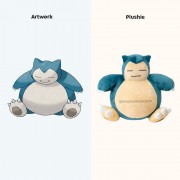

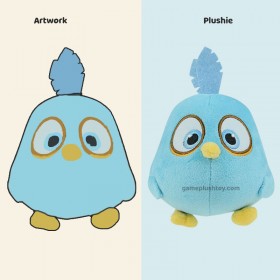
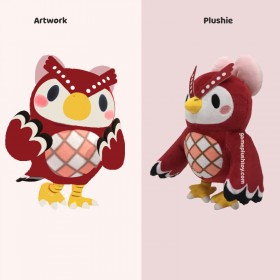
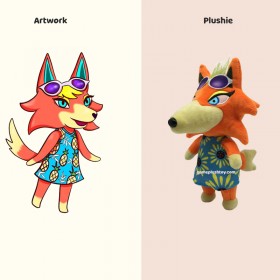
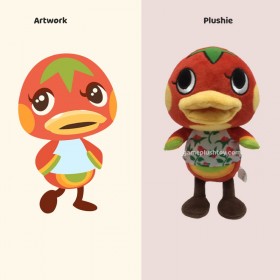
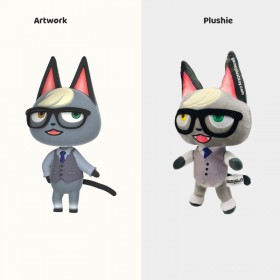
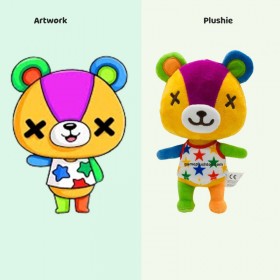

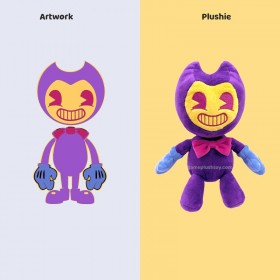
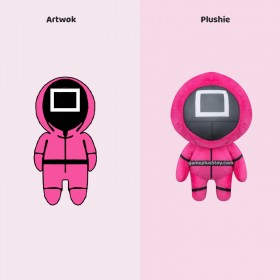

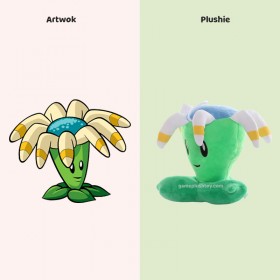
Top authors